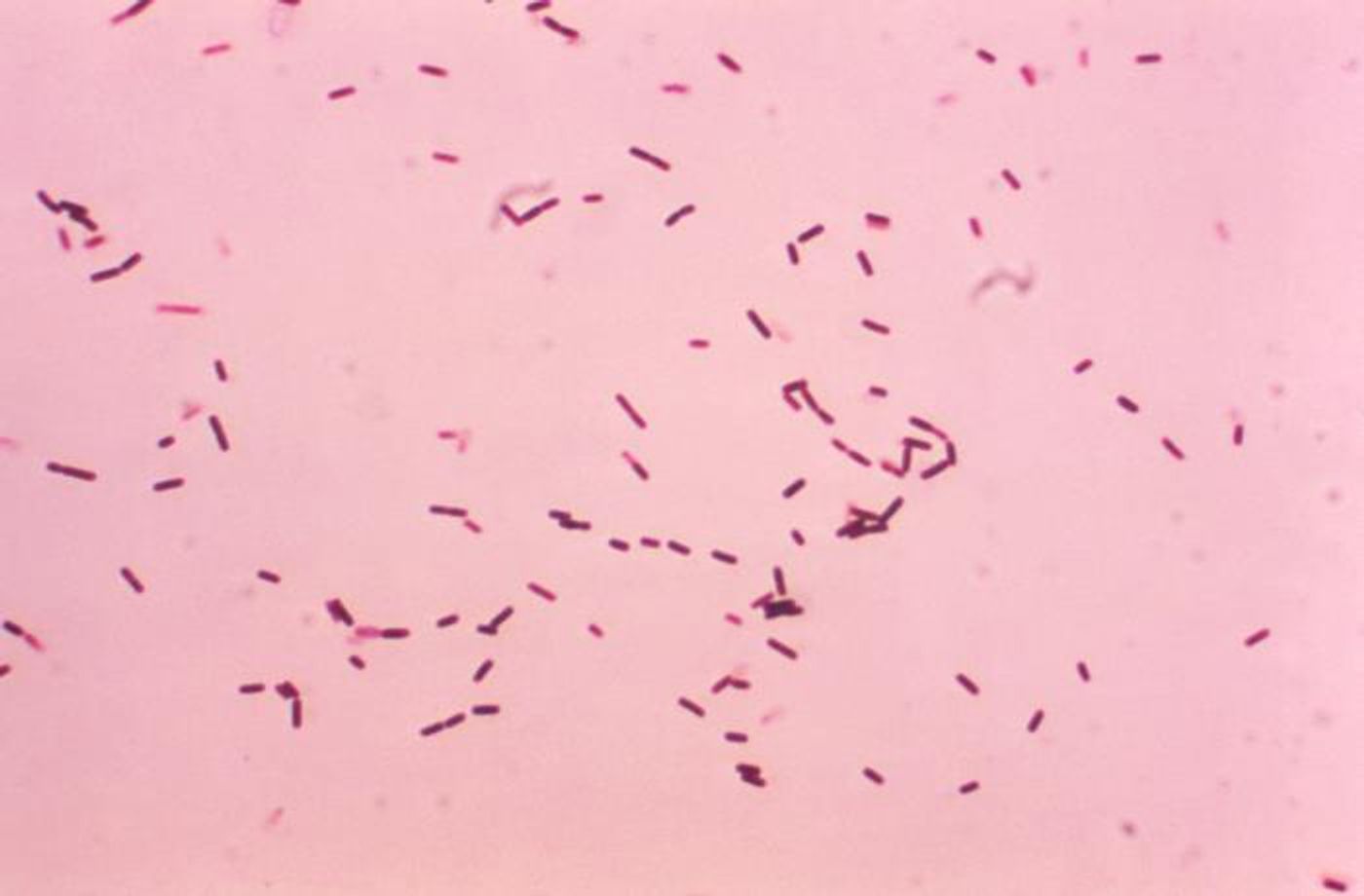ATP & GTP Are Common in Biology - But What About CTP?
Adenosine triphosphate (ATP) is a molecule that provides crucial energy to activate a wide array of biological processes, in many organisms including the movement of muscles and the propagation of nerve impulses. Guanosine triphosphate (GTP) and guanosine diphosphate (GDP) bind to G proteins, which interact with G coupled receptors, the biggest group of receptors in eukaryotic cell membranes. Now scientists have found that a molecule called cytidine triphosphate (CTP) can also act as a kind of biological switch in Bacillus subtilis bacterial cells.
New research reported in Molecular Cell has suggested that CTP is critical to the function of a protein called Nucleoid Occlusion Factor (Noc) in the B. subtilis bacterium . Noc ensures that chromosomes are correctly divided as these microbes complete cell division. Noc can attach to chromosomes, or more Noc proteins to form a complex, or the cell membrane; that all enables Noc to pull chromosomes toward the membrane of the cell as its center is split in half by cellular machinery.
CTP enables Noc to form a bigger complex on DNA molecules, and CTP activates Noc's membrane-binding ability. Noc mutants, which lack a functional Noc protein, can't pull DNA toward the membrane.
Though a few have been reported, CTP switches are not nearly as well known as mechanisms that involve ATP and GTP. The researchers suggested, however, that CTP may be more common that we knew.
"Previous research has shown that new practical applications and innovations stem from fundamental discoveries. Understanding the mechanisms underpinning CTP binding and hydrolysis and how CTP switches evolve will open many new and unexpected avenues for research and application," said first study author Adam Jalal.
B. subtilis, the bacterium used in this work, is considered to be harmless to people and is thought to be virtually ubiquitous in nature. It can be found in soil, water, plant roots, and in the gastrointestinal tract of animals, for example. There are many industrial applications for the microbe as well; it's used to produce laboratory reagents like enzymes and food products like flavorings.
Sources: Phys.org via John Innes Centre, Molecular Cell









